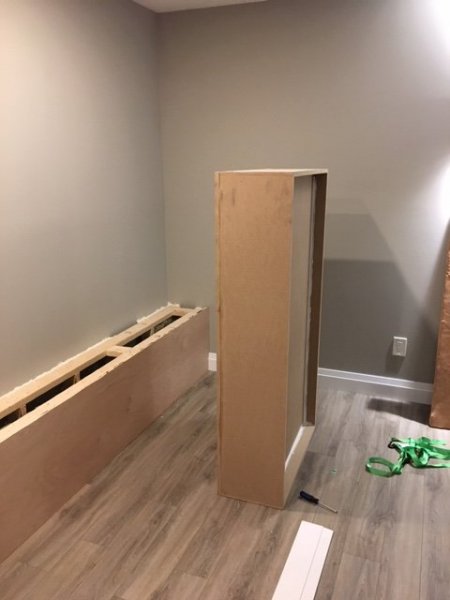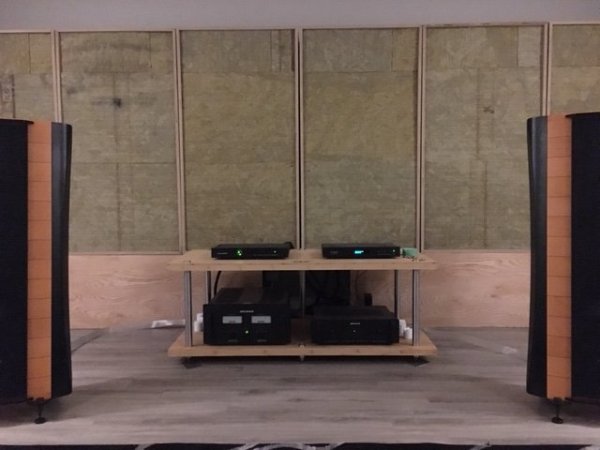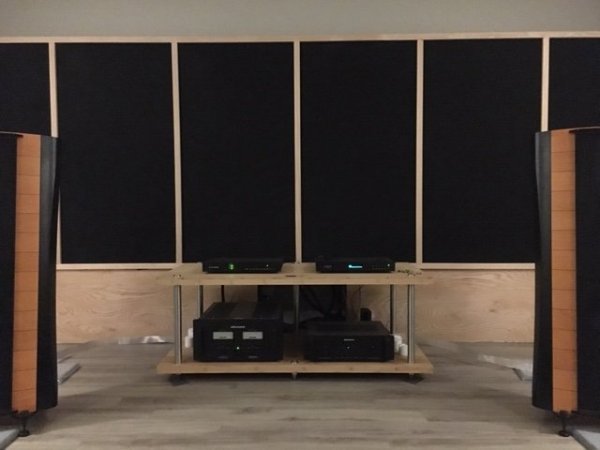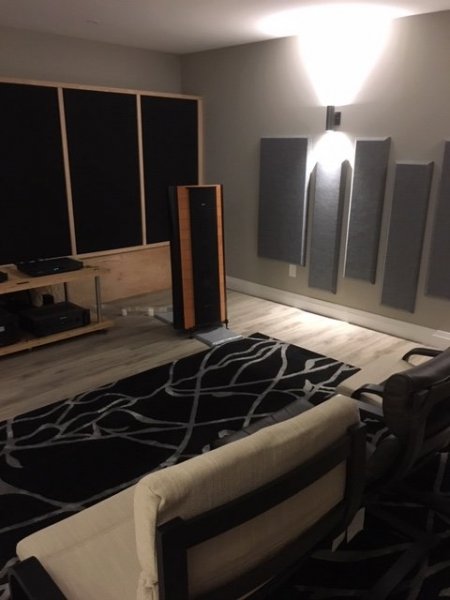Another update;
Since I am not sufficiently happy with my room, I decided to learn as much as I could about how to make improvements in order to maximize my Audio Research gear performance. I experimented with many room treatment options offered by several manufacturers. I had come to the conclusion that, although some improvement could be achieved with tested room treatments, it could only improve my room marginally. The Ref 75SE needs a really good room to shine.
I started reading about Dennis Foley at Acoustic Fields. He had a different approach and his strategies seemed sound and based not only in physics but in his experience as a sound engineer. (I know that others have scientific data but it seems a bit more like snake oil to me, and I can only make conclusions based on what I hear).
I decided to contact Dennis and he began helping me with my room. During one of our phone conversations he told me what, in his opinion, was needed in my room. He has a data base of different room sizes he has tested/measured over the years and mine happened to be in his archive. What he had suggested to me would have been outrageously expensive. Dennis gave me a DIY alternative which I still had to modify in the interest of economics. I began building his diaphragmatic absorbers with activated carbon technology.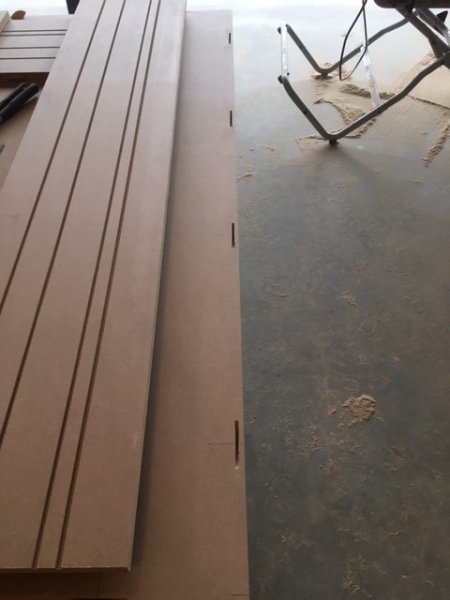
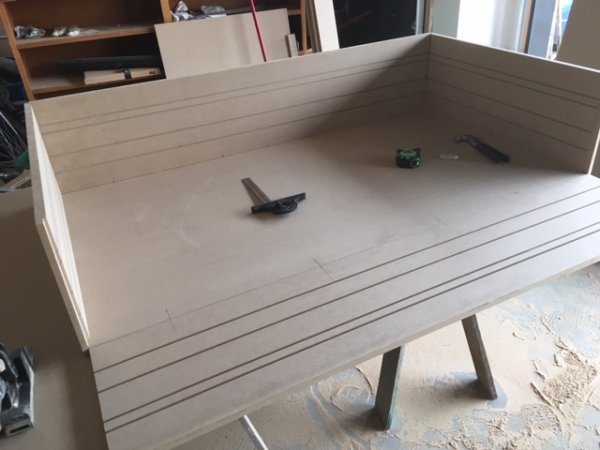
Since I am not sufficiently happy with my room, I decided to learn as much as I could about how to make improvements in order to maximize my Audio Research gear performance. I experimented with many room treatment options offered by several manufacturers. I had come to the conclusion that, although some improvement could be achieved with tested room treatments, it could only improve my room marginally. The Ref 75SE needs a really good room to shine.
I started reading about Dennis Foley at Acoustic Fields. He had a different approach and his strategies seemed sound and based not only in physics but in his experience as a sound engineer. (I know that others have scientific data but it seems a bit more like snake oil to me, and I can only make conclusions based on what I hear).
I decided to contact Dennis and he began helping me with my room. During one of our phone conversations he told me what, in his opinion, was needed in my room. He has a data base of different room sizes he has tested/measured over the years and mine happened to be in his archive. What he had suggested to me would have been outrageously expensive. Dennis gave me a DIY alternative which I still had to modify in the interest of economics. I began building his diaphragmatic absorbers with activated carbon technology.




